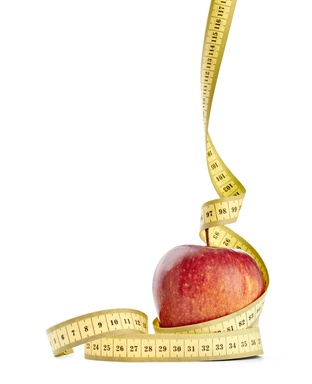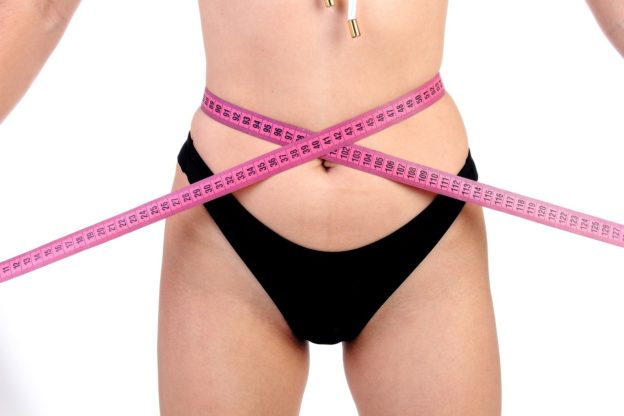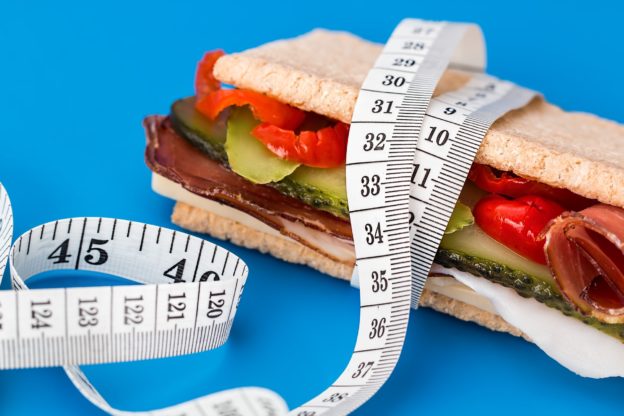Hello,my fellow weightloss warriors!
Listen,let’s keep it real! Losing weight, especially around the stomach area, in a healthy and sustainable way typically requires a combination of dietary changes, regular exercise, and lifestyle adjustments.
While it’s important to note that significant changes in body composition within just one month might be challenging, you can certainly take steps to start the process. Here’s a plan to help you get started:
1.Healthy Eating:

- Focus on a balanced diet with plenty of vegetables, lean proteins, whole grains, and healthy fats.
- Control portion sizes to avoid overeating.
- Limit processed foods, sugary snacks, and high-calorie beverages.
2.Caloric Deficit:
- Create a slight caloric deficit by consuming fewer calories than you burn. This can be achieved by reducing portion sizes and making healthier food choices.
3.Reduce Sugar and Refined Carbohydrates:
- Minimize your intake of sugary foods, sugary drinks, and refined carbohydrates, as these can contribute to belly fat.
4.Increase Protein Intake:
- Protein helps with satiety and preserving lean muscle mass. Include sources like lean meats, poultry, fish, beans, lentils, and low-fat dairy.
5.Stay Hydrated:
- Drink plenty of water throughout the day. Sometimes, thirst is mistaken for hunger.
Click here to discover a weird 5 second bedtime ritual that burns bellyfat while you sleep!
6.Regular Exercise:

- Incorporate both cardiovascular exercises (e.g., walking, jogging, cycling) and strength training into your routine.
- Cardio exercises help burn calories, while strength training helps build lean muscle mass, which can increase your resting metabolic rate.
- Aim for at least 150 minutes of moderate-intensity aerobic activity or 75 minutes of vigorous-intensity aerobic activity each week, along with muscle-strengthening activities on two or more days.
7.High-Intensity Interval Training (HIIT):
- HIIT involves short bursts of intense exercise followed by periods of rest. It can be effective for burning calories and boosting metabolism.
8.Stress Management:
- Practice stress-reduction techniques such as meditation, deep breathing, or yoga, as high stress levels can contribute to weight gain.
9.Adequate Sleep:
- Aim for 7-9 hours of quality sleep per night. Lack of sleep can impact hormones related to appetite and weight regulation.
10.Mindful Eating:
- Pay attention to hunger and fullness cues. Eat slowly and savor your food.

11.Limit Alcohol Consumption:
- Alcoholic beverages can be high in calories and contribute to weight gain, especially around the abdominal area.
12.Track Your Progress:
- Keep a journal of your meals, exercise, and how you’re feeling. This can help you stay accountable and identify areas for improvement.
Remember that sustainable weight loss takes time, and focusing on overall health and well-being is crucial.
Losing weight too rapidly or through extreme methods can be harmful to your body.
Consult with a healthcare professional or registered dietitian before making any significant changes to your diet or exercise routine, especially if you have any underlying health conditions.











